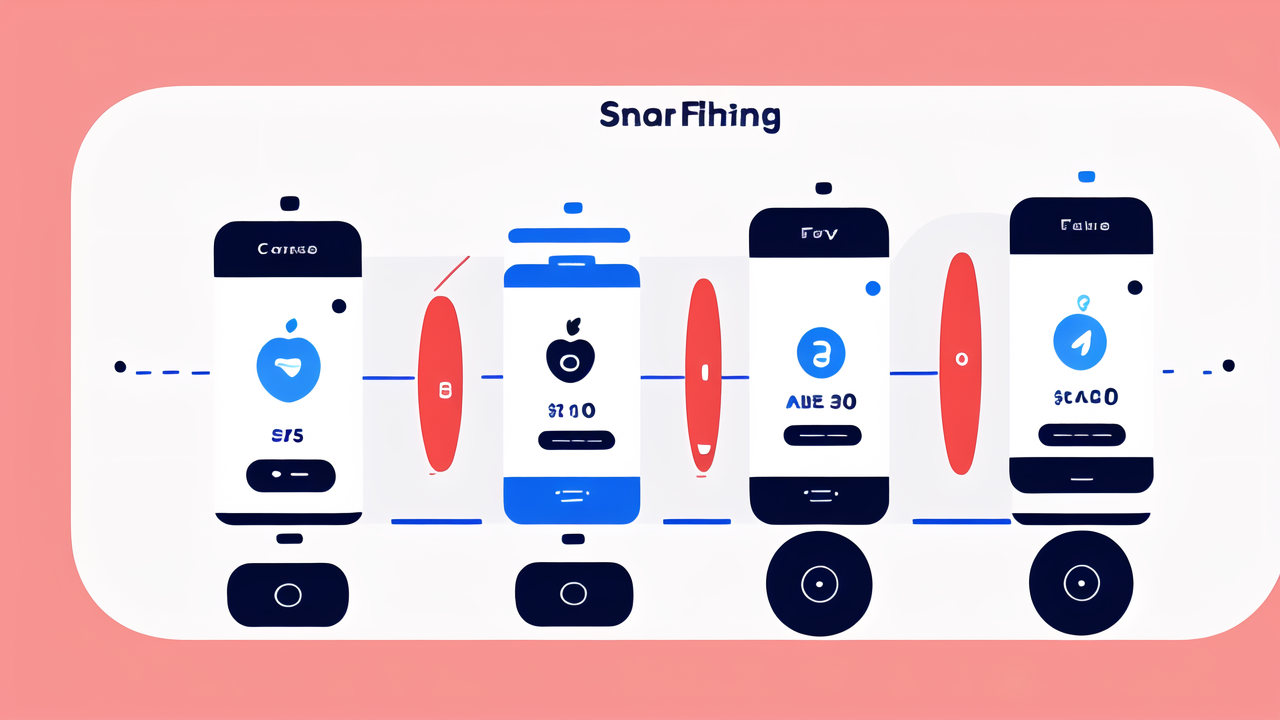Understanding the Appeal of Smart Watches: Market Trends and Consumer Preferences
The Rise of Smart Watches in the United States
Smart watches have seen a surge in popularity in the US. More people are buying these devices for health tracking and convenience. The market has grown steadily over the past few years. Brands like Apple and Samsung lead the way, but new players are emerging. Consumers are drawn to the idea of having a mini-computer on their wrist. The ability to check messages, track fitness, and more is appealing to many.

Key Features that Drive Purchase Decisions
When choosing a smart watch, consumers look for specific features. Battery life is often a top concern. People want a watch that lasts at least a day or more. Fitness tracking is another key feature. This includes heart rate monitoring and step counting. Water resistance is important for those who swim or shower with their watch. Compatibility with smartphones is crucial. Many buyers also consider the watch's design and comfort.
Brand Perception and its Impact on Sales
Brand reputation plays a big role in smart watch sales. Well-known brands often have an edge. They are seen as more reliable and innovative. Apple, for example, is known for its sleek design and user-friendly interface. Samsung is praised for its advanced features and Android compatibility. Lesser-known brands may struggle to gain trust. However, they can win customers with lower prices or unique features. Brand loyalty also affects repeat purchases and word-of-mouth recommendations.
Analyzing the Competitive Landscape: How Fila and Apex Stand Out
Comparing Fila's and Apex's Unique Selling Propositions
Fila and Apex are newer players in the smart watch market. They each have unique selling points. Fila leverages its reputation in sports apparel. Their watches focus on fitness features and sporty designs. Apex, on the other hand, targets budget-conscious consumers. They offer affordable smart watches with basic features. Both brands try to stand out in a crowded market. Fila emphasizes its brand heritage and quality. Apex highlights its value for money and simplicity.

Market Positioning: Where Does Fila and Apex Land in the Smart Watch Arena?
Fila positions itself as a mid-range option for fitness enthusiasts. It competes with brands like Fitbit and Garmin. Fila's watches are priced lower than premium brands but higher than budget options. Apex takes a different approach. It targets the lower end of the market. Apex competes with other budget-friendly brands like Xiaomi and Amazfit. Both Fila and Apex aim to capture market share from established players. They do this by offering alternatives to high-priced mainstream brands.
The Role of Pricing and Design in Consumer Choice
Price is a major factor in smart watch purchases. Fila and Apex use pricing strategies to attract customers. Fila's prices are competitive within the mid-range segment. Apex offers some of the lowest prices in the market. Design also plays a crucial role. Fila focuses on sporty, durable designs. This appeals to active users and sports enthusiasts. Apex opts for simple, functional designs. This attracts users who want basic smart watch features without frills. Both brands try to balance affordability with attractive design.
Evaluating Customer Satisfaction: Post-Purchase Experiences with Top Smart Watches
Gauging Customer Service Quality for Fila and Apex
Customer service is vital for building brand loyalty. Fila and Apex have different approaches. Fila leverages its established brand reputation. It offers customer support through various channels. These include phone, email, and social media. Apex, being newer, is still building its support infrastructure. It relies more on online FAQs and email support. User reviews suggest that Fila's customer service is generally satisfactory. Apex receives mixed feedback, with some praising its quick responses and others noting room for improvement.

Long-Term User Engagement: Do Customers Stick with Fila and Apex?
User retention is key for smart watch brands. Fila seems to have moderate success in this area. Many users appreciate its focus on fitness features. This keeps them engaged over time. Apex faces more challenges in retention. Its basic features may not be enough for some users long-term. Both brands work on regular software updates to keep users interested. They also try to build community through social media and fitness challenges. However, they face tough competition from more established brands in terms of user loyalty.
The Impact of Software and Ecosystem on User Retention
Software and ecosystem play a big role in keeping users engaged. Fila partners with popular fitness apps to enhance its ecosystem. This gives users more reasons to keep using their watches. Apex relies on its own software, which is more limited. Both brands face challenges competing with Apple's and Google's extensive app ecosystems. Regular software updates are crucial for both Fila and Apex. These updates add new features and fix bugs. This helps in retaining users who might otherwise switch to other brands. The ease of use and reliability of the software also affects long-term satisfaction.




Leave a comment
This site is protected by hCaptcha and the hCaptcha Privacy Policy and Terms of Service apply.